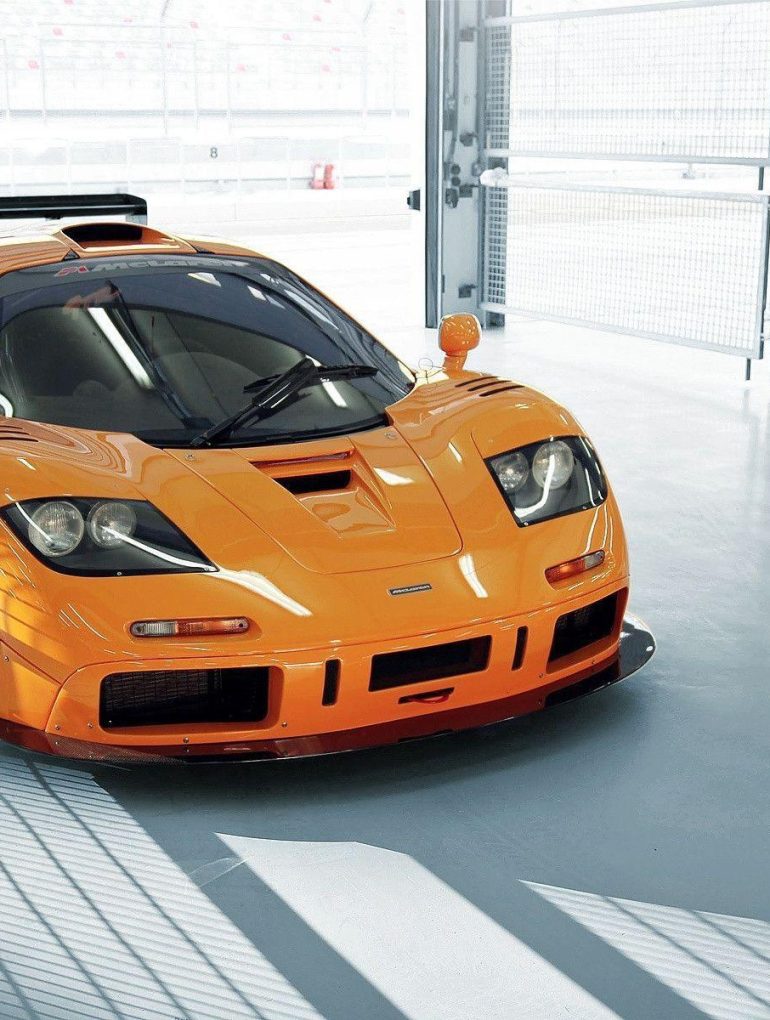Greatest Cars by Decade
Most Important Cars for Each of the Last 10 Decades
Most of our readers know that we take pride in our best cars by decade articles because we spend weeks of research on each one and because as car guys it is our once chance each decade to stop and think back about the cars that made the biggest impression on us. In those posts we name the top cars in each and every decade and we realized it was a bit of a cop-out.
This post is the one where we make the decision, we pick the best. We go through every decade and pick the most important cars of the decade for every decade so far. No excuses, we pick the best cars of the decade and that is harder than it seems.



